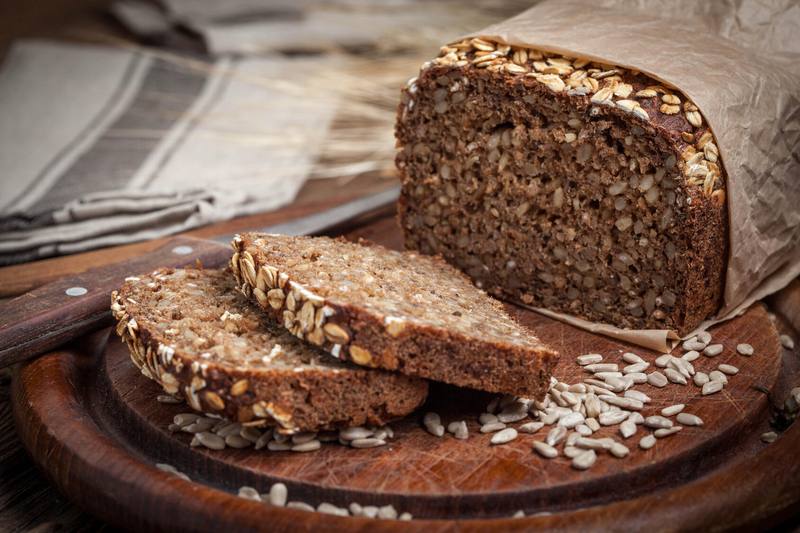-
Coeliac disease vs gluten intolerance: Mayo Clinic Healthcare expert explains the difference

LONDON — As gluten-free food options increase, it can be difficult to decide whether to include gluten in your diet or not. For most people, there is no need to completely eliminate foods containing gluten and no proven benefit from doing so, says Sarmed Sami, MBChB, a gastroenterologist at Mayo Clinic Healthcare in London. In this expert alert, Dr. Sami explains why, and the difference between two gluten-related medical conditions: coeliac disease and gluten intolerance.
Gluten is a protein found in grains such as wheat, barley and rye. In coeliac disease, eating gluten triggers an autoimmune reaction that causes cell damage to the small intestine. This in turn can cause diarrhoea, fatigue, weight loss, bloating, anaemia and other problems and lead to serious complications.
Gluten intolerance is more common, Dr. Sami says. It is comparable to an intolerance to dairy, onions or garlic, he adds.
"In gluten intolerance, there is no cell damage or inflammation. It's more of a sensitivity: 'Gluten doesn't agree with me,'" Dr. Sami says. "If you eat gluten and have an immediate reaction, such as diarrhoea, that's more likely to be gluten intolerance than coeliac disease, which is a slow process that you don't tend to feel immediately."
One sign that someone has gluten intolerance or coeliac disease is the presence of one or more gastrointestinal symptoms such as diarrhoea, bloating or heartburn that diminish or go away if gluten is removed from the diet and come back if the person resumes eating foods with gluten, Dr. Sami says. If this happens, it is important to be tested in case it is the more serious coeliac disease, he adds.
Addressing gluten intolerance may be as simple as cutting back on foods containing gluten rather than eliminating them completely, Dr. Sami says.
"It depends on the intolerance level. Some people may be fine by halving the gluten intake, while others may need to cut down more," Dr. Sami says. "It's different from coeliac disease, where you have to be strictly, completely, gluten-free."
Diagnosing coeliac disease typically starts with a blood test to determine whether the body views gluten as an invader and is generating high levels of antibodies to protect itself. If a blood test is positive, an imaging test called endoscopy is used to take biopsies to check for damage in the small intestine.
"We typically recommend that people should not be on a gluten-free diet if they are being tested for coeliac disease, because that can create false negative results on the blood test," Dr. Sami says.
For the majority of patients diagnosed with coeliac disease, eliminating gluten keeps it under control, Dr. Sami says. But without a coeliac diagnosis, there is no reason to eliminate gluten.
"There's no evidence that a gluten-free diet by itself is healthier," Dr. Sami says. "It's not about the gluten. Take a biscuit, for example: It's more about the fat and the sugar in the biscuit, rather than the gluten."
###
About Mayo Clinic Healthcare
Mayo Clinic Healthcare, located in London, is a wholly owned subsidiary of Mayo Clinic, a not-for-profit academic medical center. Mayo Clinic is ranked the No. 1 hospital by U.S. News & World Report for a reason: quality of care. Mayo Clinic Healthcare is the U.K.'s front door to that unparalleled experience. Visit Mayo Clinic Healthcare for more information.
Media contact:
- Sharon Theimer, Mayo Clinic Communications, newsbureau@mayo.edu







